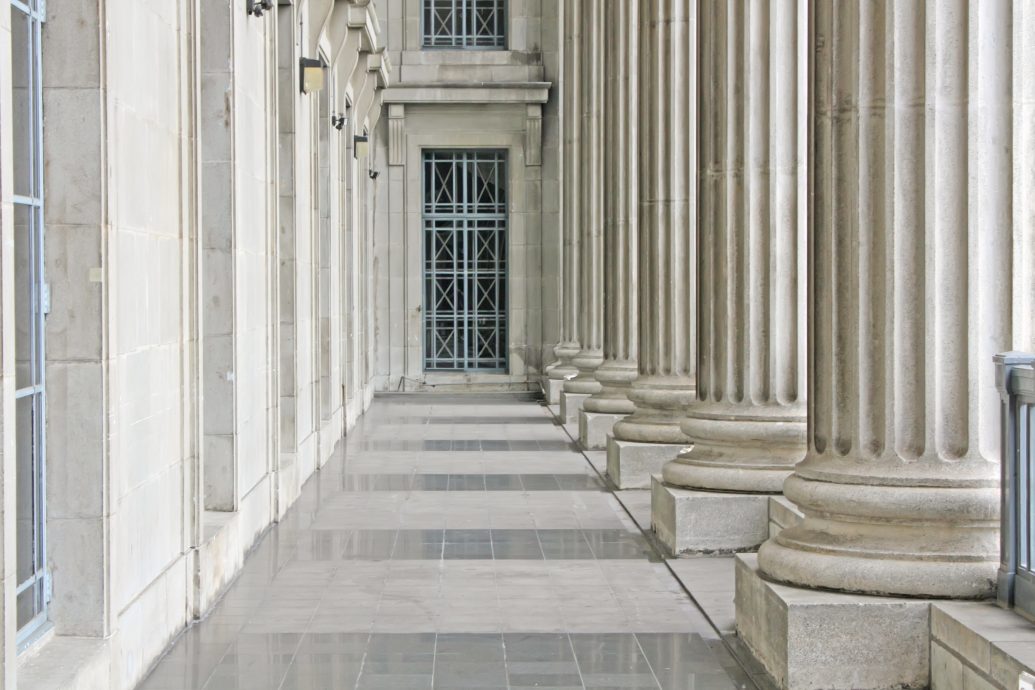Policy inertia means that the Republican Party of 2024 will share more with the Republican Party of 1924 than that of more recent decades.
President-Elect Trump's Opportunity to Create a Lawful Judiciary
Donald Trump has the best opportunity of any President to create a judiciary that follows the Constitution as written. First, he comes into office with almost 100 vacancies on the lower federal courts in addition to the Supreme Court. Second, thanks to the Senate Democrats’ decision to get rid of the filibuster for confirmation of lower court judges, he has a much freer hand than past Presidents to appoint judges of his choosing without succumbing to the obstruction of the opposition party.
Third, the conservative legal movement has never been as strong. By strong I do not mean just strong in numbers, although it is certainly true that there are more plausible conservative judicial candidates than ever before. But true strength is measured in the depth and breadth of its ideas. When Ronald Reagan came to office in 1980, the conservative legal movement was more defined by what it was against—Warren Court judicial activism—than what it was for. And its ideas were, to put it charitably, insufficiently theorized. Few scholars had provided full justifications for enforcing the Constitution as written. Nor had many scholars done much work uncovering the original meaning of particular provisions of the Constitution.
What a difference a third of a century makes! Because of academic specialization, different experts steeped in the history of the relevant area have looked in detail at the original meaning of the Constitution of 1789 and of the Reconstruction Amendments. Others have considered the meaning of the Constitution with particular expertise in areas such as foreign affairs or criminal law. And thanks to the Federalist Society, there is conservative counterculture that provides a transmission belt of these ideas to judges.
Even as there has never been a greater opportunity to reshape the judiciary, it has never been more imperative. The mainstream legal culture runs ever more swiftly left. As a result, that current is likely to sweep along judges who are not anchored on the right. Justices David Souter and Harry Blackmun are famous examples, but many lower court Republican judges have drifted as well.
Thus, if the Trump administration is to remake the judiciary it must choose candidates from the conservative legal counterculture rather than rely on successful lawyers of Republican leanings who happen to know a Senator. Legal academics are often the best bet. Their academic paper trail can no longer trigger a Democratic filibuster but their past commitments provide the best guarantee of future fidelity. And there is no doubt that academics appointed to the circuit courts have been the most influential judges. For instance, Judge Frank Easterbrook of the Seventh Circuit has been cited a standard deviation more than almost any other judge on the federal appeals court. Outstanding practicing lawyers who have been active in the Federalist Society will also bring energy and ideas to the bench.
In Washington, the right substantive choices depend on putting in place a sound political process. And judicial selection is no exception to this rule. But if the President Trump relies on established conservative networks to staff the White House Counsel’s Office and the Office of Legal Policy at the Department, these officials will be able to identify the candidates who will make a difference for decades to come.


